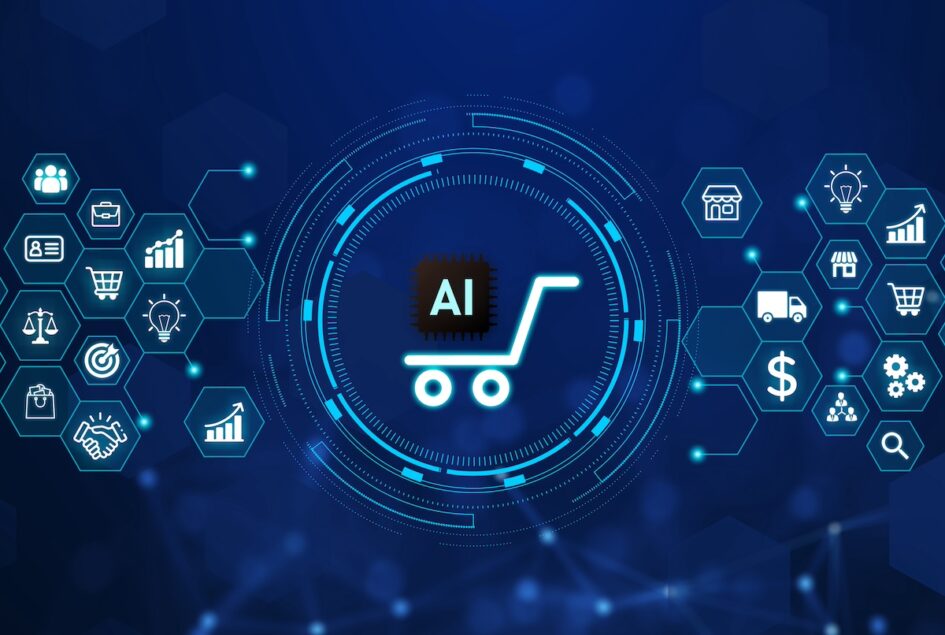[ad_1]

While more than one-third (34%) of the world’s largest companies are now committed to net-zero emissions, nearly all (93%) will fail to achieve their goals if they don’t at least double the pace of emissions reduction by 2030. Considering that approximately 90% of a company’s emissions are Scope 3, measuring and formulating plans to reduce these emissions are essential to any decarbonization strategy.
A significant barrier to progress, however, lies in the lack of accurate, transparent sustainability data and the failure to effectively engage suppliers in data collection and building carbon capabilities. This forces companies to rely on generic, imprecise secondary data, which prevents them from meeting net-zero targets and truly making an impact on people and the planet. But there are three critical steps organizations can take to bridge these gaps and transform their decarbonization strategies.
Improve Carbon Emissions Measurement
For most companies, leveraging secondary data, like industry averages and estimates, is a necessary first step in understanding their supply chain footprint. While secondary data provides a broad baseline, it often lacks the precision needed for targeted reductions.
Primary data, sourced directly from suppliers, is critical for overcoming this challenge. It offers insights into actual supplier activities, providing a clearer picture of a company’s carbon footprint across a complex supply chain. This enables businesses to set accurate science-based targets, track progress, and identify precise sources of emissions.
For example, primary data can help differentiate between suppliers investing in energy-efficient technologies and those relying on carbon-intensive energy sources. This detailed insight allows companies to target specific areas for improvement, ensuring more effective decarbonization strategies, depending on the supplier’s need.
Equipped with reliable, primary emissions insights, companies are empowered to make smarter procurement decisions, prioritize low-carbon suppliers, and help build carbon capabilities of high-emission partners to mitigate their impact. However, achieving meaningful reductions across the supply chain requires more than just data; it hinges on effective supplier engagement.
Increase Supplier Engagement
To effectively tackle Scope 3 emissions, it’s crucial to foster strong, collaborative relationships with suppliers. It’s essential to have the knowledge, tools and incentives to participate and align on decarbonization goals.
This is no easy task. Many companies struggle with limited resources, complex supply chains, and suppliers that are still in the early stages of their decarbonization journey.
Start by educating suppliers on the strategic value of carbon reporting, showing them how transparency can not only help meet regulatory requirements but also improve their operational efficiency in order to drive a competitive advantage in a decarbonizing economy.
Next, collaborate with suppliers at different maturity levels to enhance carbon management. For lower maturity suppliers, build their expertise in ways such as e-learning and targeted improvement plans. For higher-maturity suppliers, focus on collecting primary data and collaborating on decarbonization strategies. A centralized, user-friendly platform can simplify reporting, reduce administrative burdens, and improve accuracy, while aligning incentives.
By taking these steps, organizations can build a more engaged and proactive supply chain, setting the stage for improved data quality and, ultimately, more effective Scope 3 emissions management.
Adopt the Latest Technology
To maximize the impact of these efforts, ensuring data reliability and data integrations is critical. Carbon management platforms enable organizations to aggregate emissions data from thousands of suppliers, ensuring that information flows securely and consistently across data networks. By deploying data connectors, companies can integrate carbon data with existing tools, eliminating silos and enabling a unified, up-to-date view of carbon emissions across supply chains to drive informed and sustainable procurement decisions.
Next-gen solutions provide immediate insights into data reliability by using artificial intelligence-driven verification to flag outliers and improve reporting accuracy. With streamlined workflows, companies reduce administrative friction while improving supplier engagement and response rates.
By implementing the latest technology, companies can not only ensure higher-quality data but also foster better collaboration with suppliers, creating a more transparent and efficient process for Scope 3 decarbonization. Technology also enables companies to scale their efforts, allowing them to “do more with less” and achieve greater results without requiring additional resources.
Achieving Scope 3 decarbonization goals is a complex challenge, but companies can no longer afford to delay. To accelerate their journey toward net-zero, organizations must take bold and decisive action in three critical areas: improving emissions data quality through direct supplier reporting, fostering supplier engagement with the right tools and incentives, and adopting cutting-edge technologies to streamline and validate the entire process.
By addressing these gaps, organizations can not only meet their ambitious targets but also create a more resilient and sustainable supply chain. The time to act is now. By embracing these strategies, businesses can drive meaningful change, stay ahead of regulatory demands, and position themselves as leaders in the global transition to a low-carbon economy.
[ad_2]
Source link


